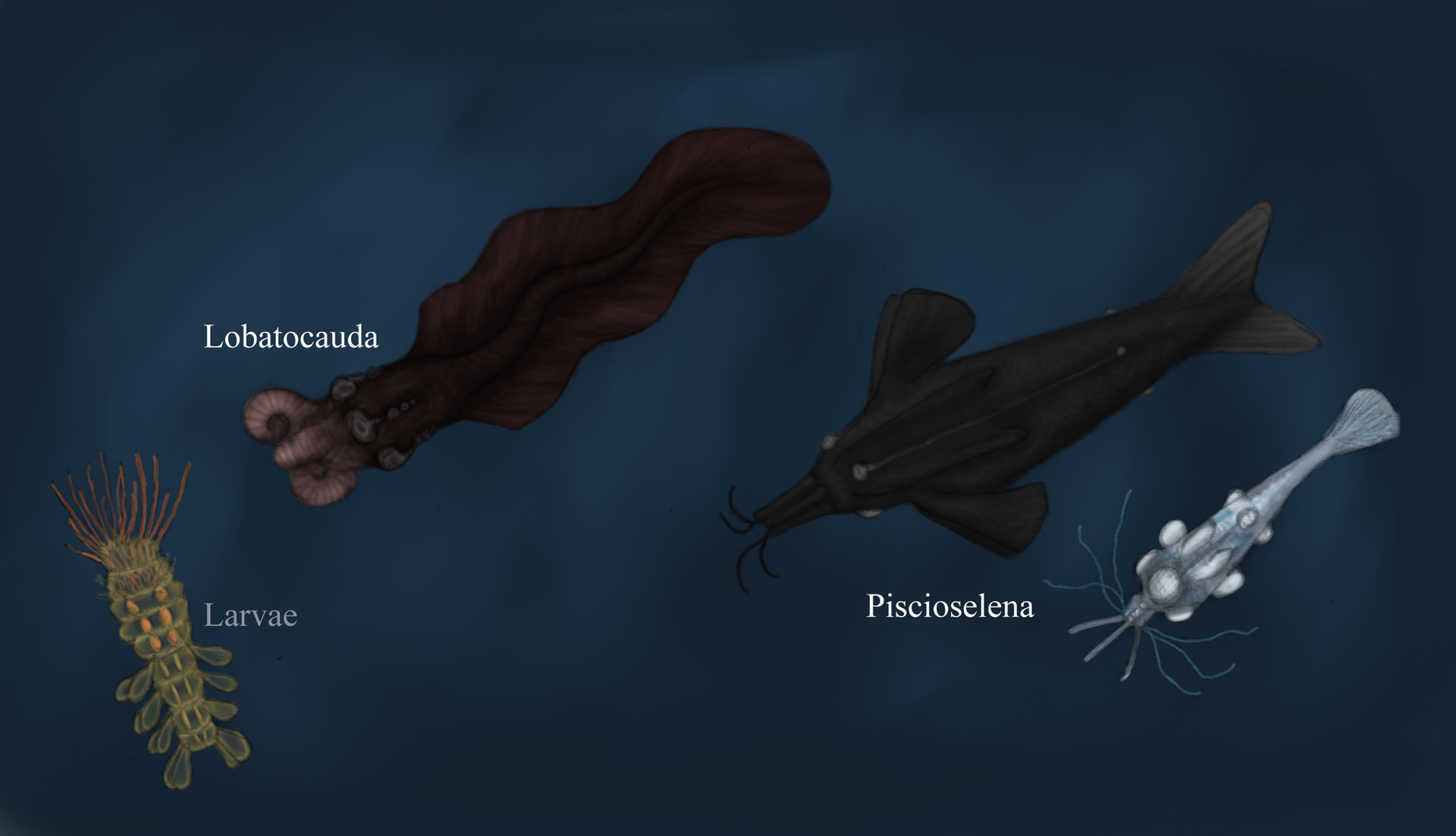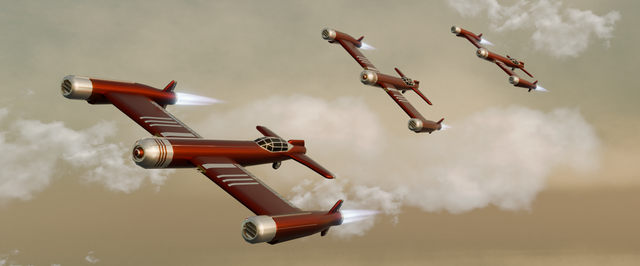HOME | DD
 Dragonthunders — Europa Wildlife: Palpomorpha overview
Dragonthunders — Europa Wildlife: Palpomorpha overview

Published: 2019-02-19 18:10:18 +0000 UTC; Views: 12868; Favourites: 218; Downloads: 28
Redirect to original
Description
The name Palthids or Palpotheuta is just a colloquial term given by many members of the research team in charge of the first misions prior to its official classification, given the constant behavior of several species of touching and manipulating the investigation probes with their arms or tentacles, something that apparently was instinct of these to inspect objects of interest. Discovered in the middle of the 21st century by the first probes in the initial days of contact with the ocean of the jovial moon, these marked a milestone in astronomy as well human history for being the first complex organisms found outside the earth, the proof of the evidence that Advanced Multicellular lifeforms similar to that of the earth could exist in other worlds if these presented the ideal conditions. This clade is formed by at least 50000 known species (and calculated a possible total of 100000 species yet to be classified) among dozens of families, although most of them are less than one meter in lenght, a good amount of species are capable of reach megafauna size. They are creatures of mostly pelagic habits and carnivorous, found in several important points of trophic chains from planktonic, small, medium and large predators, filter feeders and scavengers.Despite the varied forms that many species have taken and the number of known clades, two specific kinds of Palthids have been grouped based on the morphological development as genetic analyzes, the first and being considered the most basal on its cladistic tree are the Lobatocauda, the majority being characterized by their long bodies functioning as "tails" for movement with fairly simple fins. The use of their tails vary depending in how they are structured since several species tend t have very flexible and more muscular tails with the organs found very near the cephalon, capable of undulating movements (like an eel or a lamprey) and in others tend to use only the fins while the tail is completely rigid with the organs located in most of this (similar to a squid). Their mouthparts vary being some similar to arms or tentacles of different length and shape depending on feeding behaviors. They tend to possess a different number of electroreceptors bulbs, from 1 to 6 that are found only in the cephalon.
The second group, which attracted the attention of many exobiologists due of the convergence they present with the bony fish, are the Piscioselena, much more versatile in their form since they have developed more structured series of fins besides a more hydrodynamic body that allows them swim at high speed. Of course, this convergence is not complete since it still has certain marked characteristics of the Palthids, including its tetra-radial bauplan with four similar parts. In most species they have about 8 fins around the front of the body, depending on the species 4 pairs tend to have a specific and the other 4 others. unlike the Lobatocauda, these have a tail with a caudal fin, while the mouthparts have have become into a 4-part jaw with several smaller olfactory tentacles. Their bodies are more uniform, without separated Cephalon. The electroreceptors bulbs are much more established in this clade being only conformed by two types, the large nes that are in the frontal part of the body and a second group in the middle of the body which are smaller, connected by a lateral line and forming a circuit.
The life cycle of most species tends to be similar, they start as small free swimming larvae that develop through eggs or special organic structures, being a product of sexual or parthenogenetic reproduction with some unusual exceptions.
Although in several species the morphology of the larvae varies, the bauplan of these tends to be quite the same, being tetra-radial, segmented, with several pairs of fins per segment, 4 digestive tubes with the organs located in the middle of the "cephalon" and with oral cilia around the front.
Related content
Comments: 12

👍: 0 ⏩: 0

not going to lie these do look like if anomalocaridid were cephalopods
👍: 0 ⏩: 0

Yep pretty good I think that something similar might live there !
👍: 0 ⏩: 1

Perdón por mi ignorancia,pero este dibujo pertenece a una serie? Lo digo porque me ha encantado y me gustaría ver más.
👍: 0 ⏩: 1

Mas o menos es una serie de bosquejos que he estado haciendo asi que va a ver algunos mas pronto
👍: 0 ⏩: 0






























